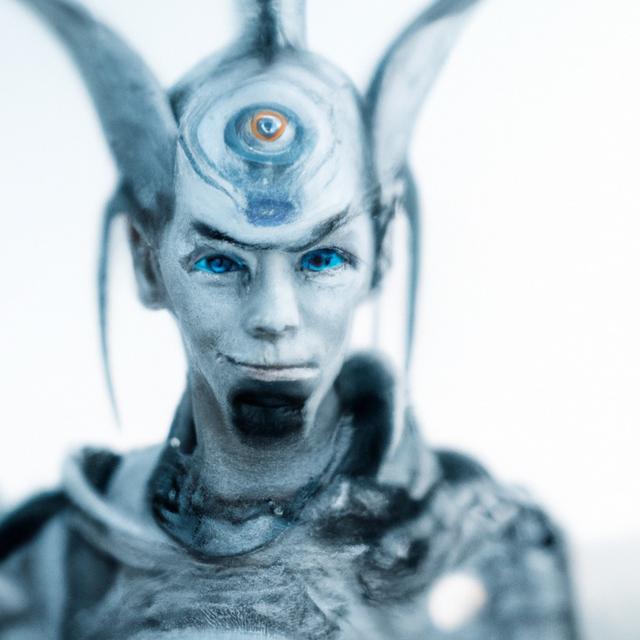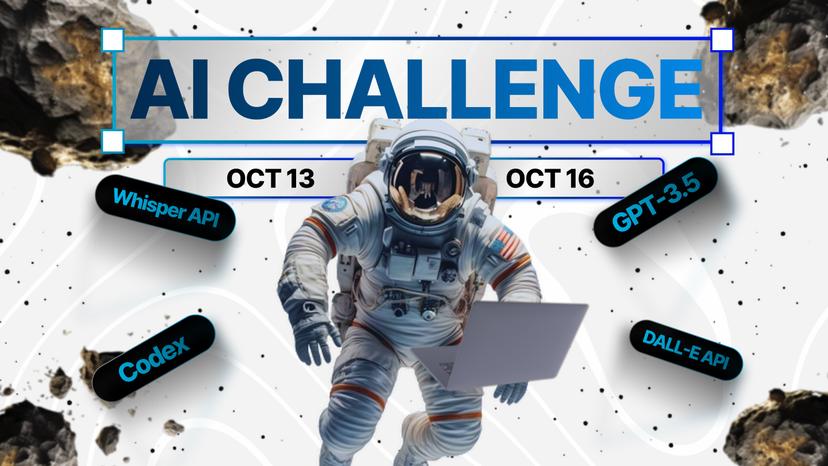🤓 Latest Submissions

LLM enhanced Medical Notes
Working with medical notes puts a significant strain on healthcare professionals. The volume of findings is constantly increasing, driven by advances in medical technology and an aging population. These notes encompass a wide range of information, including clinical assessments, treatment plans, diagnostic test results, and progress reports. Navigating through this wealth of data demands meticulous attention and consumes valuable time that could be allocated to direct patient care. Medical findings are extensive, diverse, and complex, reflecting the intricacies of human health and the multifaceted nature of medical conditions. The diversity poses a challenge for healthcare workers, who must assimilate and synthesize this information to provide the best possible care. As a result, healthcare professionals spend a significant amount of time searching through these findings. They meticulously comb through records, striving to extract the most relevant information while ensuring nothing critical is overlooked. Yet, despite their best efforts, the sheer volume and complexity of medical notes can lead to instances where crucial details may inadvertently go unnoticed. This is where large language models step in as powerful tools to augment healthcare workflows. With their ability to rapidly process and comprehend vast amounts of text, they can swiftly analyze medical notes and extract pertinent information. By doing so, they assist in streamlining the information retrieval process, allowing healthcare professionals to allocate more time to direct patient interactions and clinical decision-making.
16 Oct 2023


.png&w=640&q=75)

